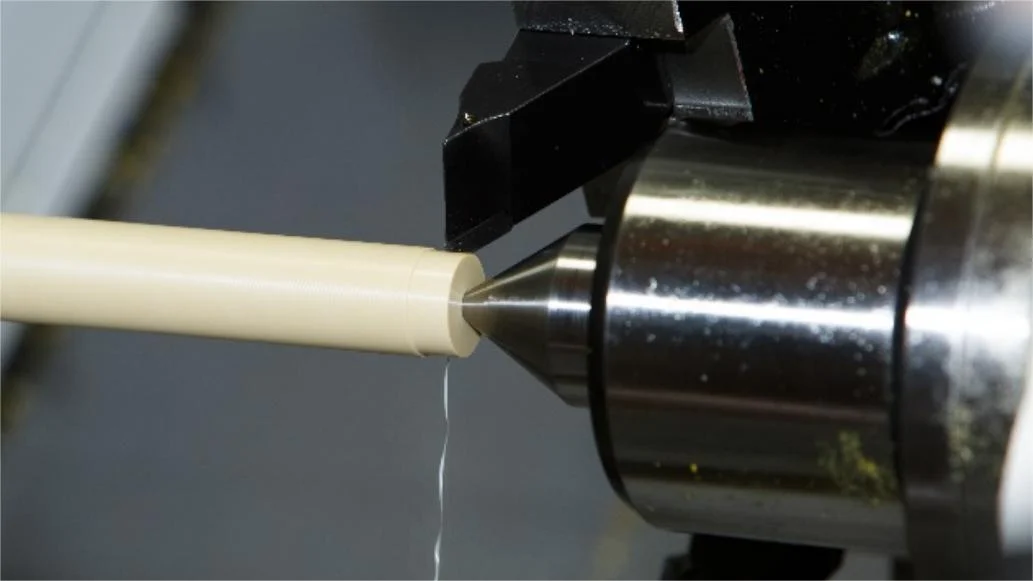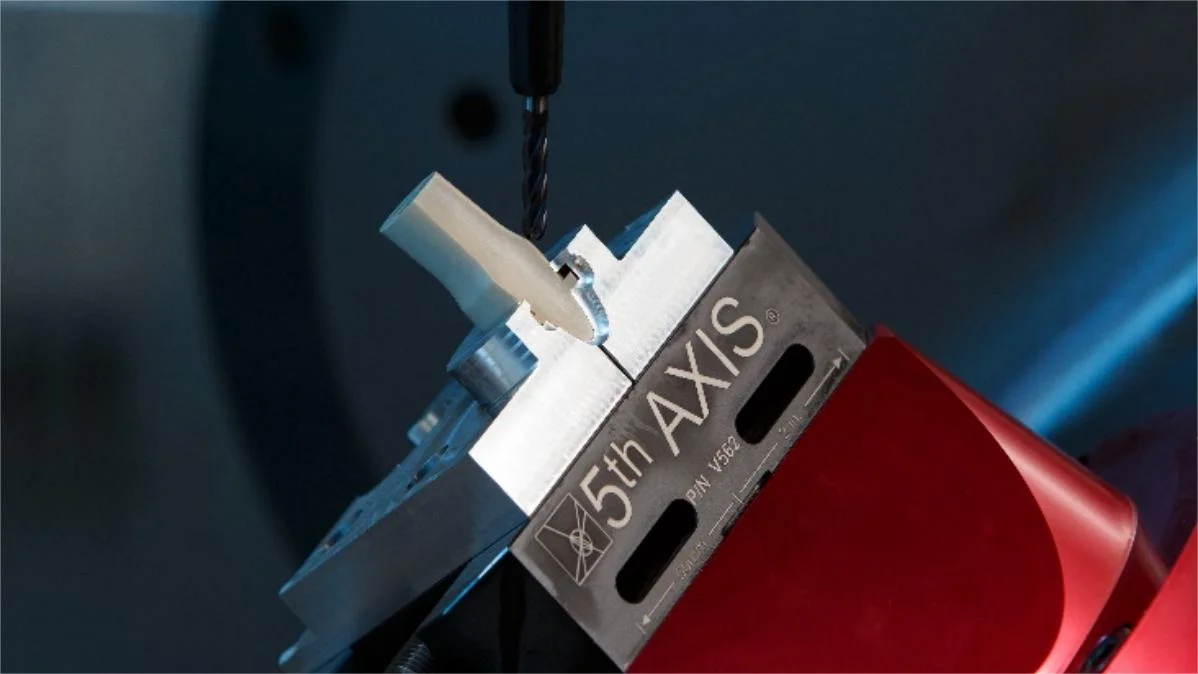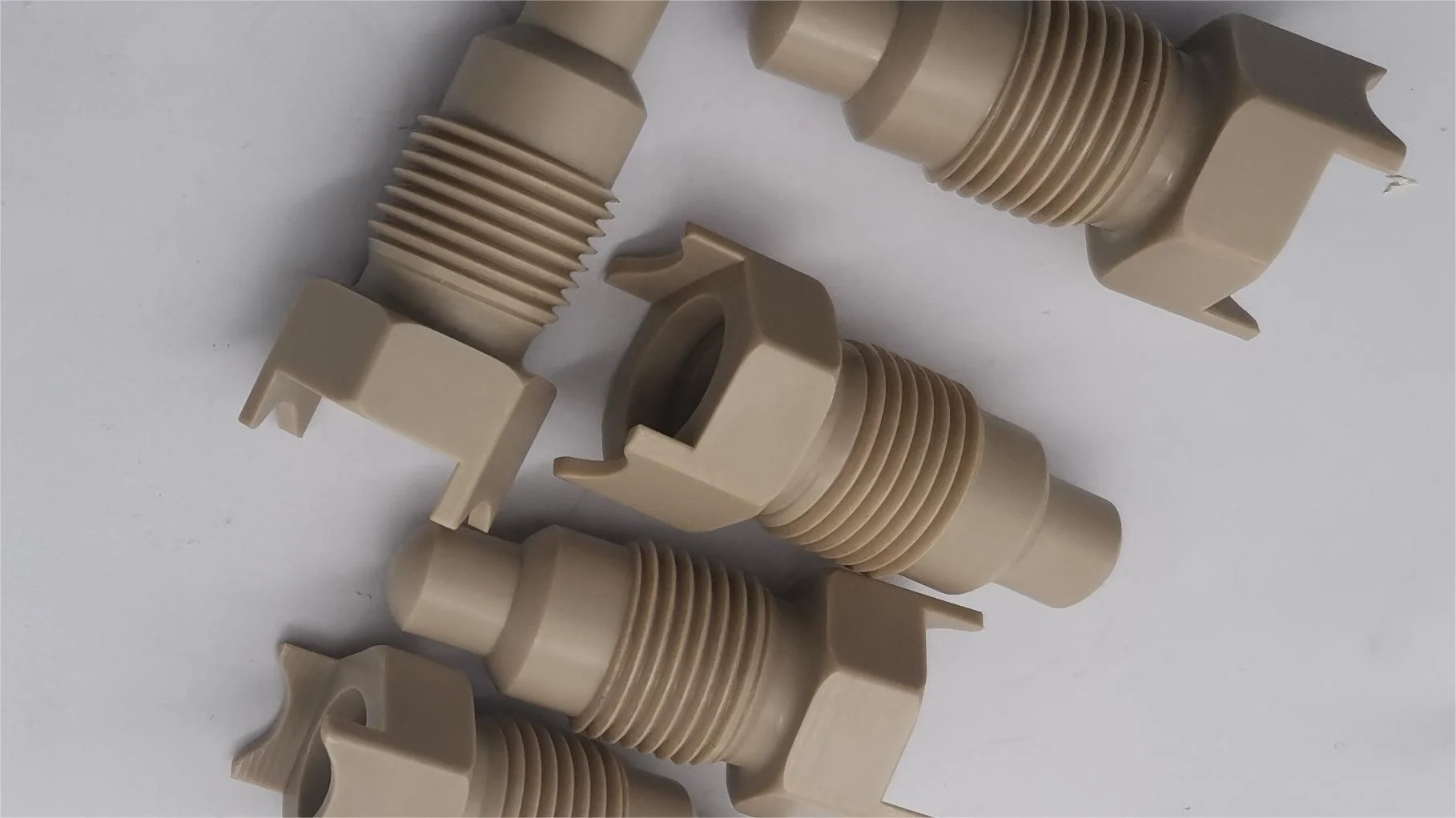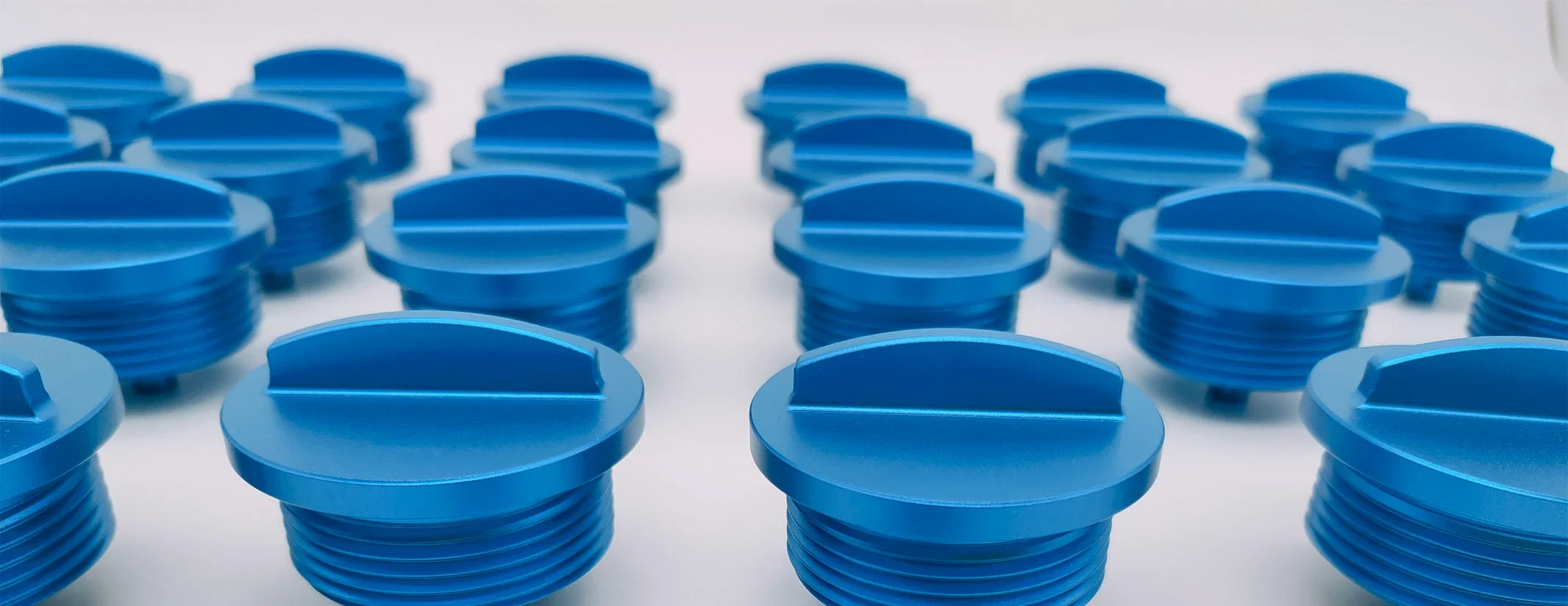What are the properties of PEEK material?
Polyetheretherketone (PEEK) is a versatile engineering plastic known for its exceptional combination of properties.
PEEK Density
The PEEK material density is about 1.3 to 1.4g/cm3. Compared with metal, it is low density and that is one of the reasons why it can be used as a substitute material for metals.
With excellent mechanical performance, high temperature and chemical stability, PEEK’s lightweight properties make it suitable for aerospace and automotive industries. It can reduce the components overall weight, thus improving fuel efficiency, reducing loads and cutting cost.
PEEK Thermal Properties
The melting point of PEEK is about 343°C (649°F), and PEEK operating temperature is around -60°C to +250°C (-76°F to +482°F). PEEK is high temperature resistance, and maintains its stability and performance in elevated temperature environments.
The glass transition temperature (Tg) of PEEK typically ranges from approximately 143°C to 160°C (289°F to 320°F). With a high Tg, PEEK can maintain its stiffness, strength, and durability without excessively softening or losing structural stability at high temperatures.
This allows PEEK to perform exceptionally well in applications requiring operation under elevated temperatures, such as automotive engines, aerospace, and high-temperature chemical environments.
The thermal conductivity of PEEK is relatively low, typically ranging from 0.25 to 0.4 W/(m·K) at room temperature. This low thermal conductivity contributes to its good thermal insulation properties, making PEEK suitable for applications where thermal insulation is important.
The thermal expansion coefficient of PEEK is generally from 50 to 70 × 10^-6 per °C.Compared to some other materials, the thermal expansion coefficient of PEEK can be considered relatively low.
In precision engineering applications or situations where tight tolerances need to be maintained, PEEK’s low thermal expansion coefficient helps ensure that components maintain their dimensions over a range of operating temperatures.
This helps prevent issues such as warping, distortion, or improper fit due to temperature changes, making PEEK suitable for use in applications where dimensional accuracy and stability are critical.
Due to PEEK’s high heat resistance and thermal conductivity, PEEK performances well at very high temperature. It is why PEEK is used as a high performance engineering thermoplastic material.
PEEK Chemical Properties
PEEK has excellent resistance to wide ranges of chemicals, including acids, bases, solvents and hydrocarbons. PEEK’s chemical resistance makes it suitable for application in environments exposed to corrosive substances, such as chemical processing, oil and gas, and automotive industries.
PEEK also has good resistance to degradation from radiation and sterilizations processes, making it suitable for medical and aerospace applications.
PEEK Mechanical Properties
The tensile strength of PEEK is about 90 to 120 MPa (megapascals). Compared to some other materials, it is relatively high, especially for a thermoplastic polymer.
The high tensile strength of PEEK makes it suitable for a wide range of applications where strong, durable materials are required. It allows PEEK to withstand high mechanical loads and stresses without experiencing significant deformation or failure.
This property is particularly advantageous in industries such as aerospace, automotive, medical devices, and oil and gas, where components are subjected to demanding mechanical conditions.
PEEK plastic has high harness and impact resistance. The Rockwell M hardness is 105 (ISO 2039-2) and 100 (ASTM D785), which is high. The high hardness makes PEEK to maintain stability with high loads and abrasion.
Overall, PEEK has good mechanical properties, high hardness, good impact resistance, and high tensile strength. These characteristics makes PEEK suitable for automotive, aerospace and medical device industries.
Peek Electrical Properties
The typical electrical resistivity of PEEK is 10^15 to 10^16 ohm·cm. The dielectric constant of PEEK is about 3.2 to 3.3. PEEK has good insulation performance and arc resistance.
The high electrical resistivity and relatively low dielectric constant makes PEEK a preferred material for electrical and electronic application, such as electrical equipment and cable insulation.
PEEK’s excellent arc resistance makes it suitable for high voltage environment such as aerospace and power systems.
Peek UV Resistance
Most materials are susceptible to damage from extended exposure to outdoor weather conditions. To assess the impact of prolonged exposure to high levels of ultraviolet (UV) radiation, such as that found in sunlight, an Atlas water-cooled weathering test instrument was utilized, employing a Xenon Arc light source.
Like other materials, PEEK is susceptible to damage from exposure to outdoor weather conditions. Thus PEEK does not have good UV resistance. PEEK will become yellower and darker if exposed to sunlight or high levels of ultraviolet (UV) radiation for a long time.
PEEK Water Absorption
Polyetheretherketone (PEEK) has low water absorption, and the water absorbed has minimal impact on the mechanical properties of PEEK.
PEEK Flammability
PEEK has a V-0 flammability rating, indicating excellent flame resistance, and emits very low levels of smoke and toxic gases when exposed to flame.
PEEK Cost
PEEK is made from specific petroleum derivatives, and the production process is complex, requiring a high degree of purification and fine processing, so PEEK materials are more expensive. Another reason is that there are fewer producers of PEEK materials worldwide, and competition is not as fierce, which is also the reason for its higher price.
































